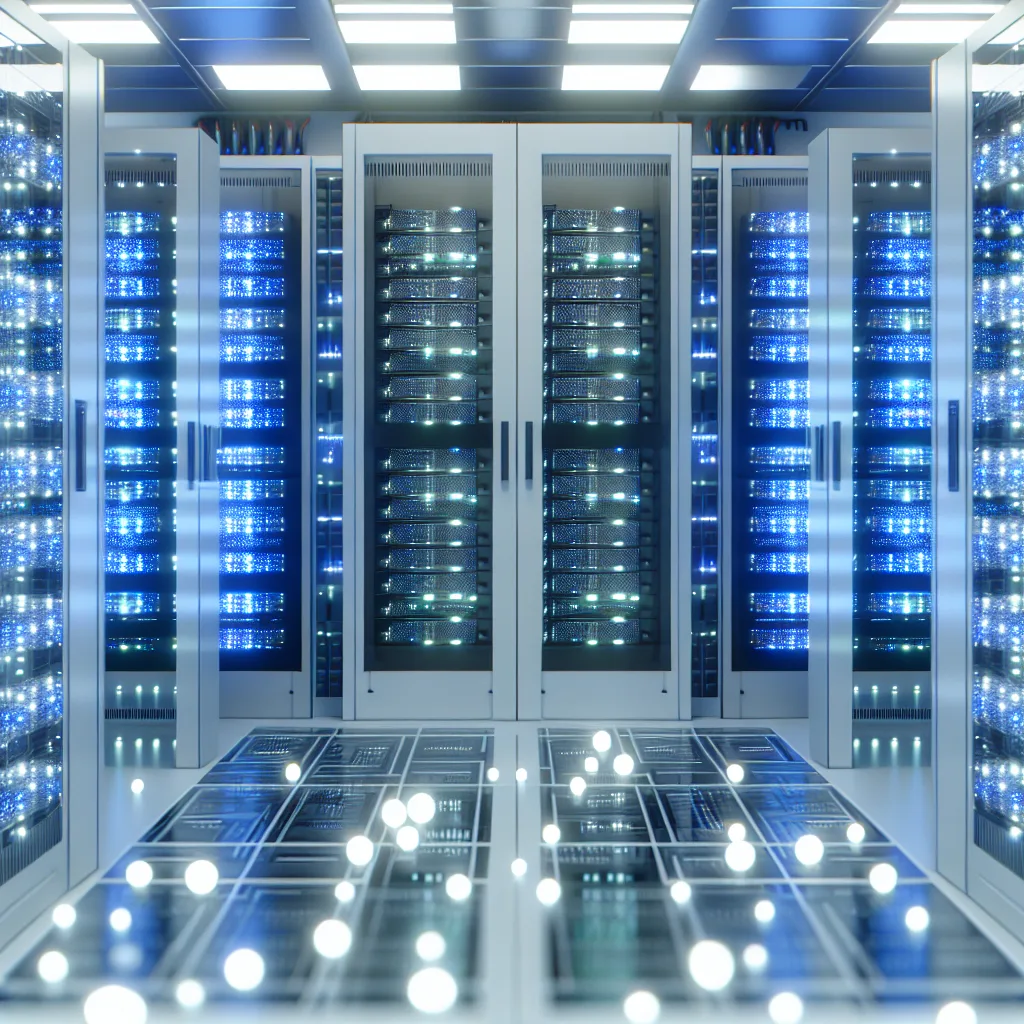Digging into Oracle’s report that defies the lull rumors in AI services
Lately, there’s been a lot of chatter about a possible slowdown in demand for AI services. But Oracle’s latest quarterly report tells a different story — one that highlights a booming appetite for AI infrastructure demand. If you’re curious about why this is catching so many off guard and what it might mean, let’s dig in.
Why Oracle’s Report Matters for AI Infrastructure Demand
Oracle’s recent numbers sent shockwaves through the market, mainly because they show an insatiable global need for the nuts and bolts to run advanced AI systems. We’re talking about the extensive hardware and software resources needed to train and deploy large language models (LLMs) and other AI applications. These aren’t small or simple tasks – they require serious infrastructure muscle.
What makes this especially interesting is that it contradicts some earlier hints suggesting that AI growth might be cooling off. Clearly, the infrastructure demand tells another story — companies and researchers still want more power, more capacity, and faster systems to support their AI projects.
What’s Driving This Surge in AI Infrastructure Demand?
At the heart of it all is the growing complexity and scale of AI models. Large language models like those powering chatbots, virtual assistants, and content generation tools rely heavily on infrastructure to train efficiently. This means huge data centers filled with cutting-edge processors, storage, and networking gear.
Plus, as AI use cases expand into new industries—from healthcare to finance to entertainment—the infrastructure must keep up with increased workloads. It’s a bit like upgrading from a small workbench to a full factory floor.
What This Means for Businesses and Consumers
For businesses, this surge in AI infrastructure demand means more investments in data centers, cloud services, and AI-specific hardware. Oracle’s report suggests that companies see AI as a key part of their future strategies, not just a passing trend.
For consumers, this could translate into faster and smarter AI-powered products. Think quicker responses from virtual assistants, better personalized services, and new AI-driven applications you haven’t even imagined yet.
Where to Keep an Eye on AI Infrastructure Trends
If you’re interested, some good places to watch for updates on AI infrastructure include:
- Nvidia’s official website for insights on GPU advancements powering AI training Nvidia AI Technology
- Oracle’s investor relations page for the latest quarterly updates Oracle Investor Relations
- Tech news outlets like TechCrunch or Ars Technica for industry news and analysis
AI infrastructure demand might not be front-page news for everyone, but it’s a key piece of the puzzle in understanding where AI is headed next. So next time you hear a claim about AI losing steam, remember there’s a powerhouse demand running quietly behind the scenes.
As always, I’m excited to see how these trends unfold and what new innovations we’ll get to enjoy thanks to this growing infrastructure.
